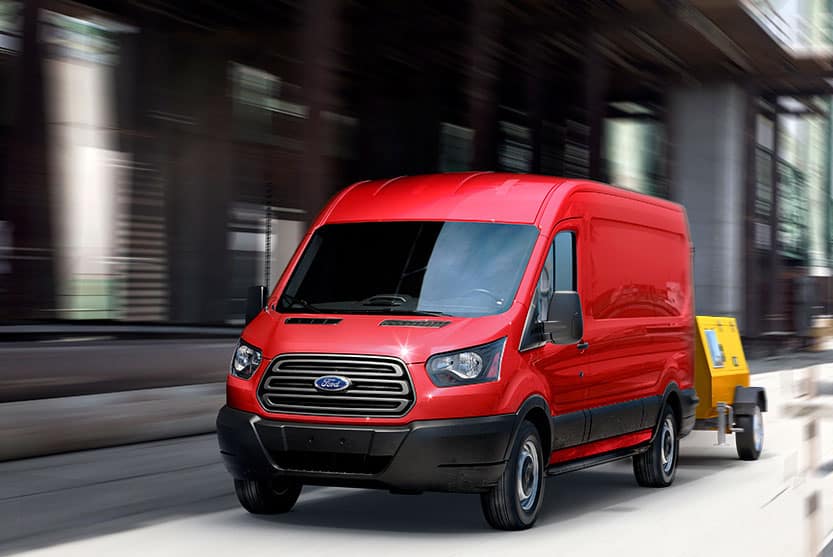Choosing the right van for your business is an important decision requiring extensive research. Whether you are in the market for a van for travel or work, you want the best in the market. There are no better contenders than the Ford Transit and Mercedes-Benz Sprinter. Both have impressive cargo storage features and capabilities, and they also offer comfort.
Nowadays, most businesses are keeping their money in the bank for cash flow, operating costs and marketing purposes and leasing their equipment including vehicles such as vans. Whether you are looking for long term lease or short term van hire, your best options are to consider companies like Sprint Motor Hire, where you get a choice of both the Mercedes Sprinter or the Ford Transit to suit your needs. But before you go, do some further reading and know the differences between these two popular choices of vans so you can pick the right van for the purpose.
1. Body measurements and weight
The Sprinter and Transit have various lengths, heights, width, and gross vehicle mass (GVM). This section only covers vans with up to 3,500 GVM as additional legislation applies to heavier vehicles. The Ford Transit is available in three lengths, namely L2, L3, and L4. It also comes in two heights, H2 and H3. It offers four gross vehicle masses, 3,500, 3,300, 3,100, and 2,900.
For the L2, you get a load length of slightly more than 3 meters. The payloads range between 895-1472kgs depending on the GVM you choose. For more accommodation, the L4 is ideal since it has a length of 4.2 meters. The L4 van is only available in the H3 height option, and the maximum payload is 1,176kg.
The Mercedes-Benz Sprinter, on the other hand, comes in four lengths from L1-L4, two heights, and lastly, two gross vehicle masses (3,000kg and 3,500kg). The L1 is shorter than any Ford Transit model. It has a load of slightly above 2.7 meters, but the payload is just over 1,400kg.
On the other end of the spectrum is the Sprinter L4 model that can take up to 4.8-meter lengths. It offers a load volume of 17 cubic meters with the H3 roof. That, however, comes at a price because depending on the specs and engine, it carries around 1,000kg.
2. Cab space
When most people buy or hire vans for business, comfort is among the top items on their checklist. Fortunately, both vans score well in-cab comfort. Mercedes-Benz offers a smart but functional cab space while Ford goes for a more stylish and funky approach.
The Sprinter has more storage space and a more commanding elevated seating arrangement. In contrast, the Transit has a more car-like cab featuring an eccentric infotainment system and a low seating position. The Sprinter, therefore, provides better all-round vision because of the elevated seating position.
Both vans have equal legroom for both driver and passengers and an equal number of cupholders. The Transit has more comfortable seats. Its glovebox is also deeper, making it more practical than the Sprinter’s.
3. Performance on the road
The Mercedes-Benz’s Sprinter and Ford Ranger’s Transit have considerable characteristics differences on the road. While the Sprinter has more utilitarian handling, the Transit offers more car-like characteristics. The former tends to roll in corners and feels less connected, cushioning potholes and bumps better than its counterpart. The latter has a more precise car-like steering.
Where performance is concerned, both stack up evenly. The 2.2-liter Ford Transit achieves 123bhp and 350Nm while the 2.1-liter Sprinter reaches 129bhp and 305Nm. Thanks to the power bands and wide torque, the Sprinter performs better. Lastly, the Transit has smoother gear changes, although its counterpart provides more-commanding driving positions.
Conclusion
After breaking down these two heavy vans, there is no clear winner as both cancel each other out under different categories. Hence, you can confidently opt for a Ford Sprinter or Mercedes-Benz Sprinter van hire for your business.

